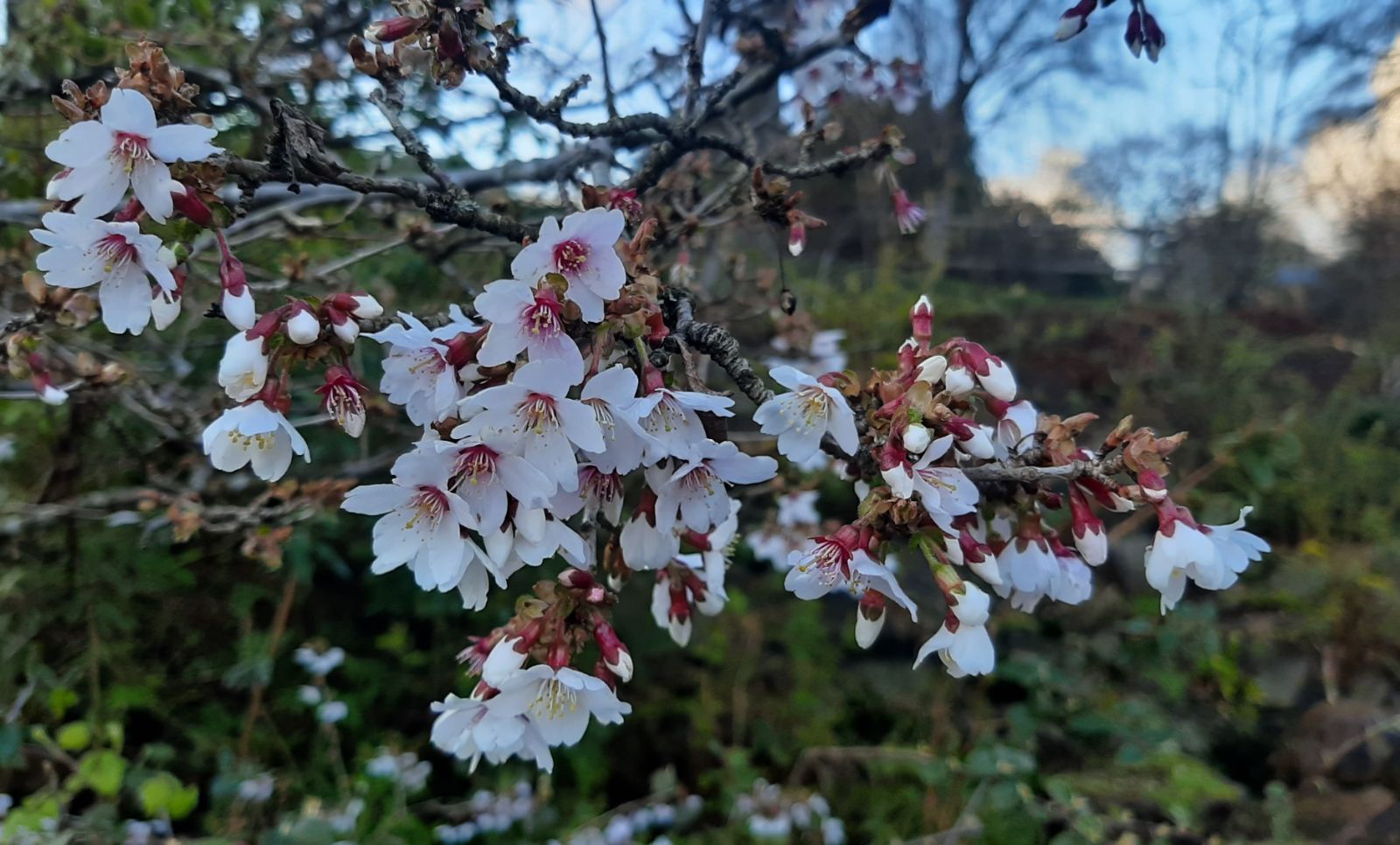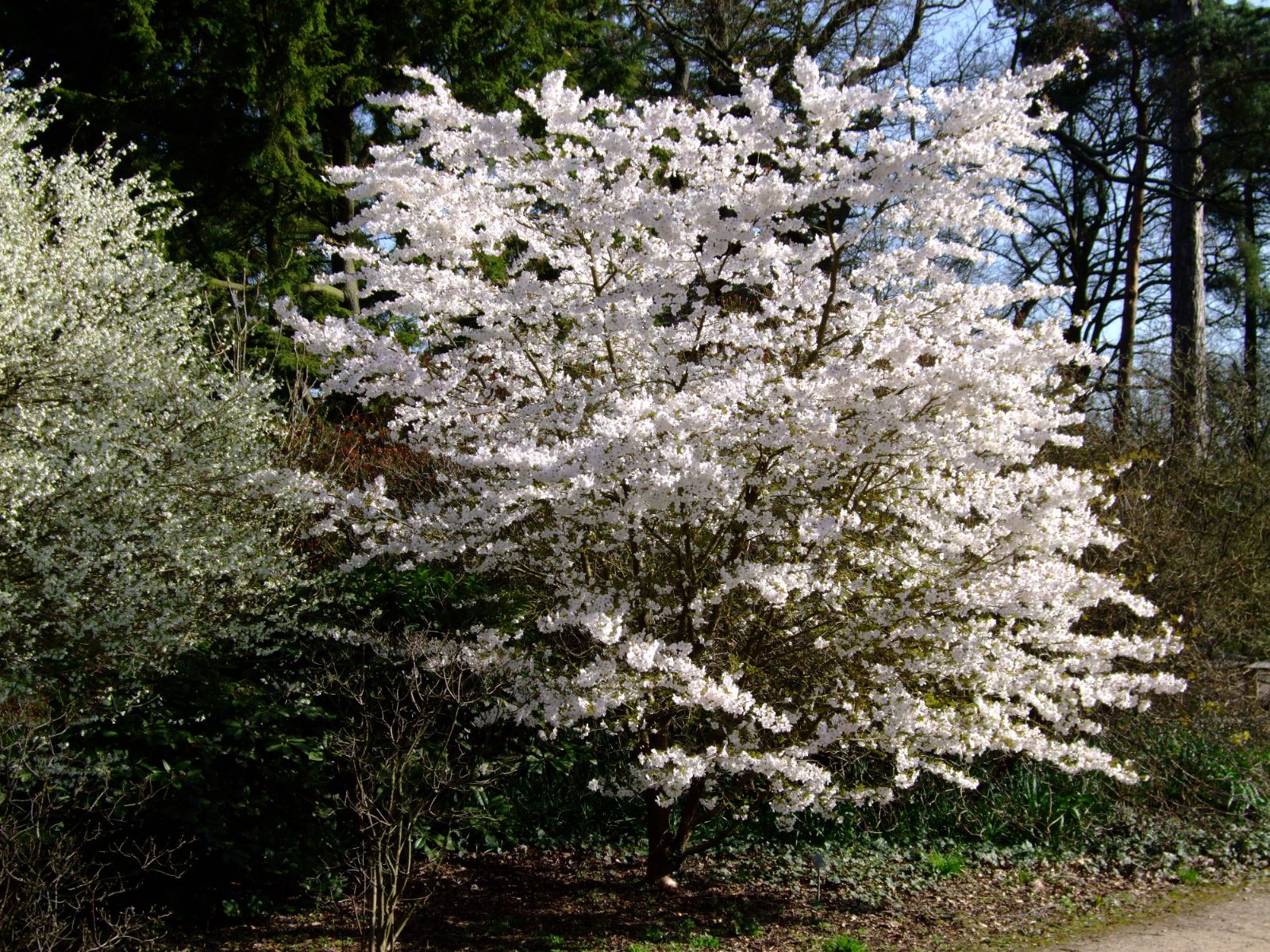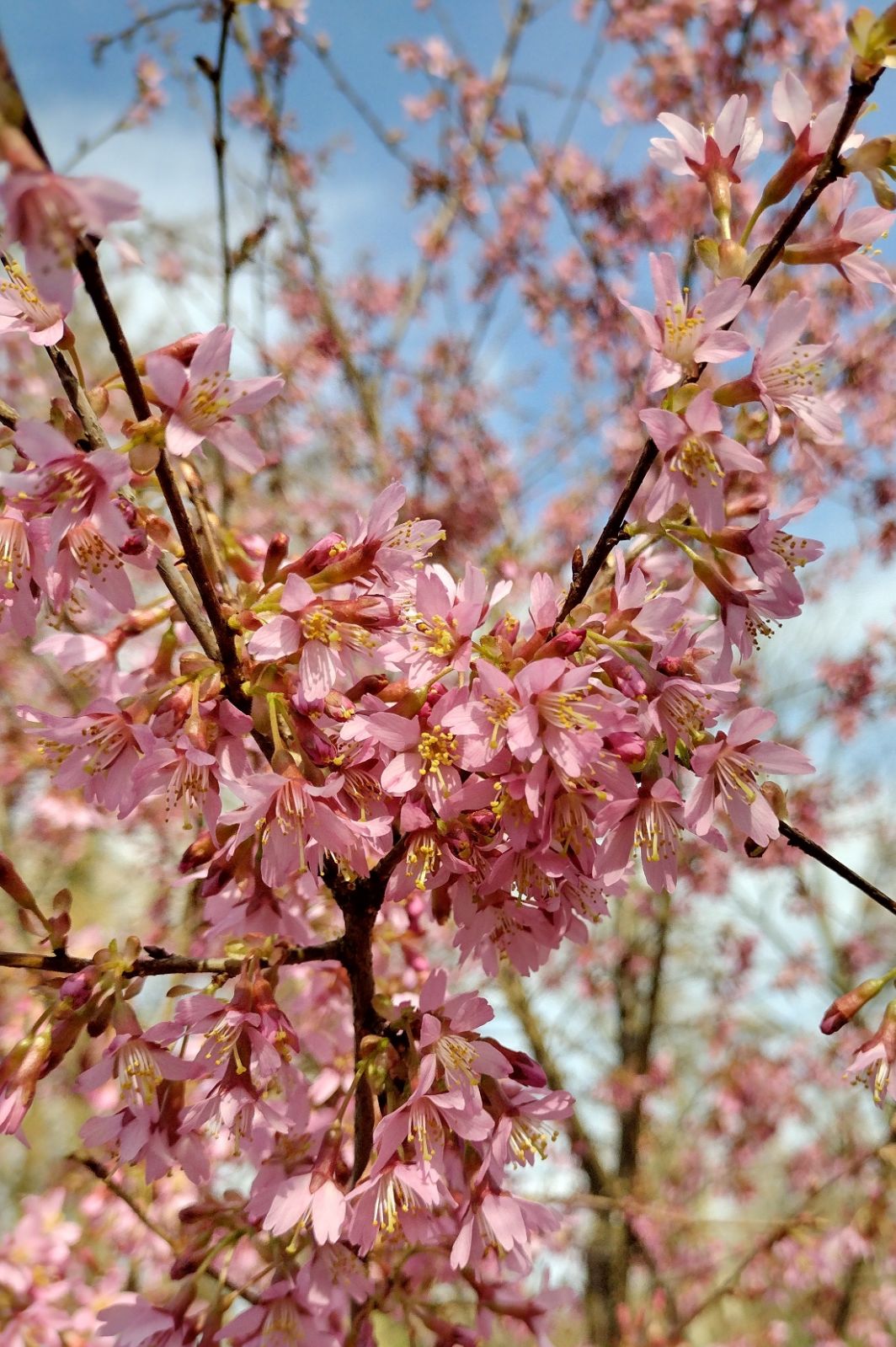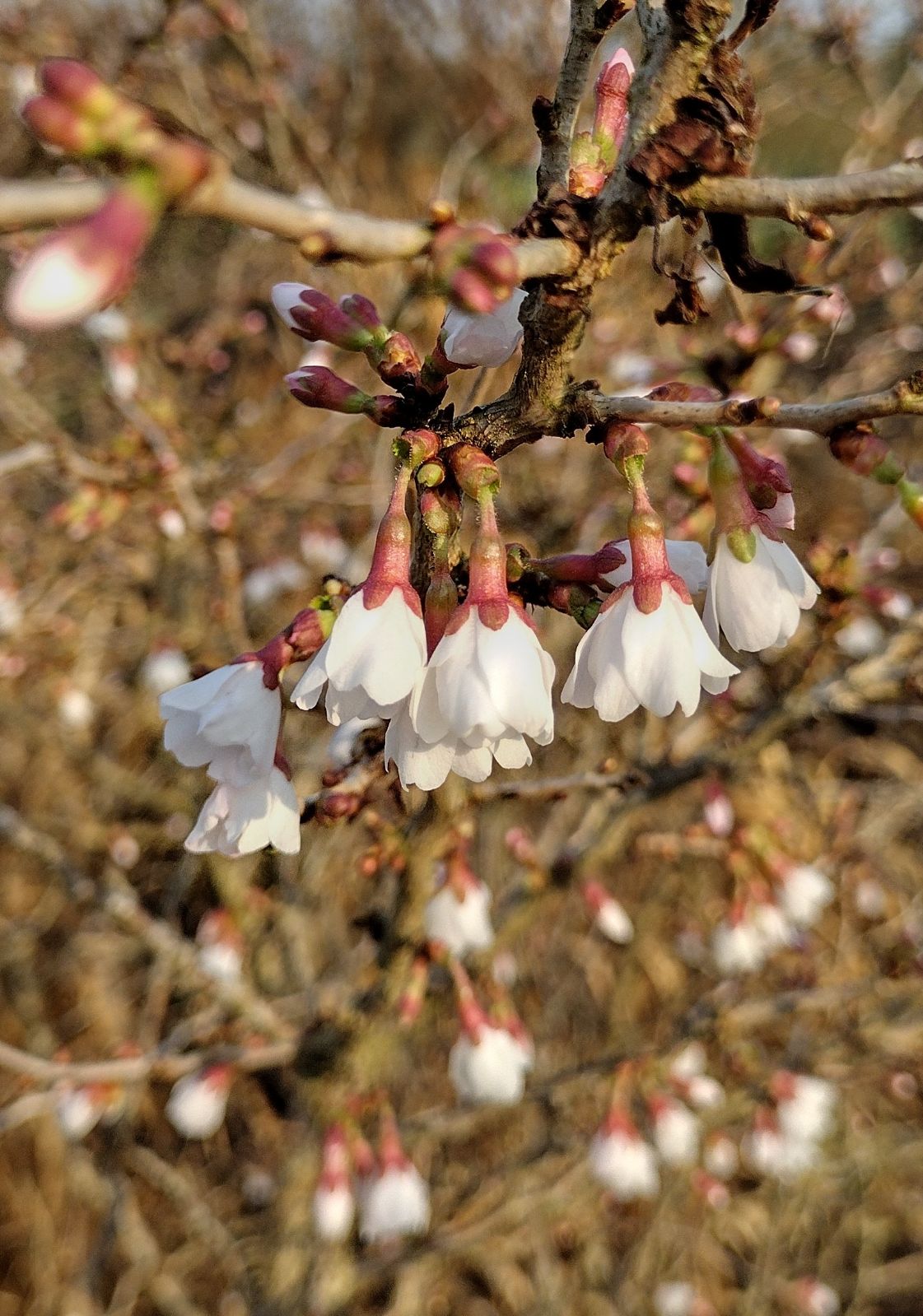Prunus incisa
Credits
Article from Bean's Trees and Shrubs Hardy in the British Isles
Recommended citation
'Prunus incisa' from the website Trees and Shrubs Online (treesandshrubsonline.
Infraspecifics
Other taxa in genus
- Prunus alleghaniensis
- Prunus americana
- Prunus × amygdalo-persica
- Prunus amygdalus
- Prunus angustifolia
- Prunus apetala
- Prunus arabica
- Prunus argentea
- Prunus armeniaca
- Prunus avium
- Prunus besseyi
- Prunus brigantina
- Prunus campanulata
- Prunus canescens
- Prunus cantabrigiensis
- Prunus cerasifera
- Prunus cerasus
- Prunus cocomilia
- Prunus concinna
- Prunus conradinae
- Prunus consociiflora
- Prunus cornuta
- Prunus cuthbertii
- Prunus dasycarpa
- Prunus davidiana
- Prunus × dawyckensis
- Prunus dielsiana
- Prunus domestica
- Prunus dulcis
- Prunus emarginata
- Prunus × fontanesiana
- Prunus fruticosa
- Prunus glandulosa
- Prunus grayana
- Prunus himalaica
- Prunus hortulana
- Prunus humilis
- Prunus ilicifolia
- Prunus incana
- Prunus jacquemontii
- Prunus kansuensis
- Prunus lannesiana
- Prunus laurocerasus
- Prunus litigiosa
- Prunus lusitanica
- Prunus maackii
- Prunus mahaleb
- Prunus maritima
- Prunus maximowiczii
- Prunus microcarpa
- Prunus mira
- Prunus mugus
- Prunus mume
- Prunus nigra
- Prunus nipponica
- Prunus orthosepala
- Prunus padus
- Prunus pensylvanica
- Prunus persica
- Prunus pilosiuscula
- Prunus prostrata
- Prunus pumila
- Prunus rufa
- Prunus salicina
- Prunus sargentii
- Prunus serotina
- Prunus serrula
- Prunus serrulata
- Prunus sibirica
- Prunus × sieboldii
- Prunus simonii
- Prunus sogdiana
- Prunus speciosa
- Prunus spinosa
- Prunus ssiori
- Prunus subcordata
- Prunus subhirtella
- Prunus takesimensis
- Prunus tangutica
- Prunus tenella
- Prunus tomentosa
- Prunus triloba
- Prunus virginiana
- Prunus × yedoensis
A small, elegant, deciduous tree 20 to 30 ft high, more often a bush 6 to 18 ft high; young shoots slender, glabrous, and finally grey. Leaves reddish at first, obovate to ovate, slenderly pointed, sharply and doubly or trebly toothed, 1 to 21⁄2 in. long, 2⁄3 to 11⁄4 in. wide, downy above and on the veins beneath; stalk 1⁄4 to 1⁄2 in. long, hairy, slender, with two purple glands near the blade. Flowers 1⁄2 to 3⁄4 in. wide, two to four borne on a main-stalk 1⁄8 to 1 in. long, each flower slenderly stalked and springing from the axil of a leaf-like deeply toothed bract; petals notched or jagged at the end, white or pale pink. Calyx-tube glabrous, tubular, wine-red, the lobes minutely ciliate; stamens thirty, their stalks reddish and the anthers yellow; style slightly hairy; ovary glabrous. Fruits roundish egg-shaped, 1⁄4 in. long, purplish black.
Native of Japan; discovered by Thunberg as long ago as 1776. It was sent to Kew in 1916 from the Arnold Arboretum, and flowered annually there in early April, but has since been lost. It had, however, been introduced to Ireland in 1913. It is now well established in cultivation. Wilson describes it in Japan as very ornamental, and although the petals do not remain on the flower for any great length of time, the calyx and stamens persist and heighten in colour. According to the same authority the main flower-stalk is very variable in length, although in our cultivated plants it is usually very short. He observes that it is the only Japanese cherry that can be fashioned into dwarf trees which will live and flower freely in small pots. It may, therefore, have come over from Japan with the large shipments of dwarfed trees sent previous to 1914. It is undoubtedly one of the most beautiful of the wild cherries, profuse in blossom, and very distinct on account of the deep double toothing and long, drawn-out point of the leaf. A.G.M. 1930.
cv. ‘Praecox’~~~A winter-flowering variety, raised by Messrs Hillier. Award of Merit January 22, 1957.
From the Supplement (Vol. V)
Many cultivars of this species are described in the Japanese Flower Association’s Manual, pp. 139–54 (colour portraits on pp. 132, 141, 142, 151).
† var. kiukiensis (Koidz.) Ohwi P. kiukiensis Koidz. – Leaves abruptly narrowed to a long caudate tip. Calyx-tube longer.
(incisa × campanulata) 'Okame'
Flowers carmine-pink; calyx and flower-stalks reddish. March. This beautiful hybrid was raised by Collingwood Ingram, P. campanulata being the pollen-parent. Despite the tenderness of this species, ‘Okame’ is completely hardy and makes a bush or small tree of neat habit. Propagated by cuttings. Award of Garden Merit 1952.Later, Capt. Ingram made the cross (P. incisa × P. campanulata) × P. sargentii. One of the resulting seedlings, named ‘Shosar’, has flowers similar to those of P. sargentii but produced some weeks earlier. It makes a narrow-crowned tree and colours well in the autumn.
'Kojo-no-mai'
Awards
AGM





